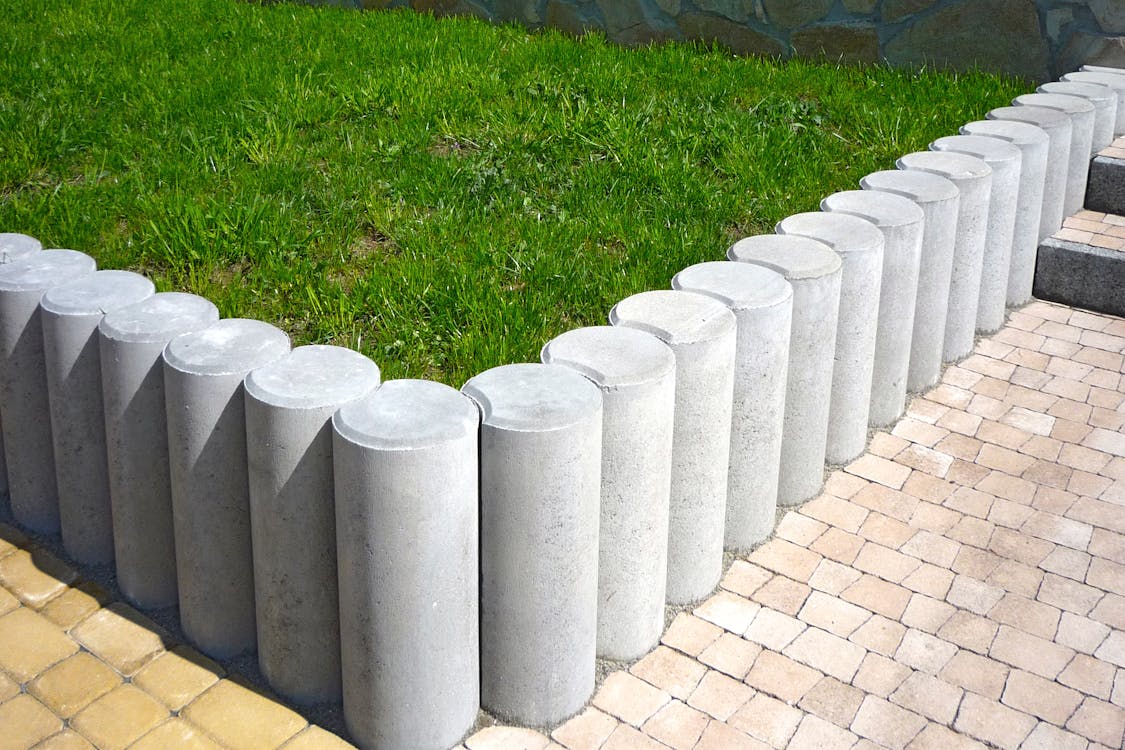
Reconsidering the Landscape: Why Recycling in Landscaping Matters More Than Ever
Sustainable living doesn't stop at recyclable bags and photovoltaic panels-- it expands right into our yards. Landscaping is going through a peaceful change, where environmental consciousness and creative thinking are reshaping exactly how we design exterior areas. Among one of the most interesting changes in this advancement is the growing concentrate on recycling products like dirt, mulch, and even hardscape components. Whether you're dealing with sprawling acreage or a small yard spot, your green thumb can currently do double duty-- nurturing plants while protecting the planet.
Green landscape design isn't almost growing native species and conserving water. It's likewise about reconsidering waste. Soil, for instance, is commonly treated as disposable throughout large garden renovations or when managing construction particles. But that rich, earthy source can typically be repurposed-- and doing so can cut down costs, decrease land fill contributions, and create healthier, more sustainable lawns.
Exploring Soil Recycling: Turning "Used" Dirt right into Garden Gold
Dirt recycling starts by comprehending what you're working with. If the soil has actually been previously made use of in growing beds or construction, it may be compacted or depleted of nutrients. Yet this doesn't imply it's useless-- it just needs rehab.
Beginning by screening your soil. Eliminating debris like rocks, roots, and garbage gives you a clean base. If it's clay-heavy or excessively sandy, blending it with compost or raw material improves appearance and nutrient content. This is where a dependable copyright of landscape supplies in Windsor citizens count on can make a distinction, using garden compost, topsoil blends, and soil conditioners that invigorate worn out dirt.
Recycled dirt is excellent for elevated beds, flower beds, and also new lawn installments. By choosing to deal with what you already have, you're reducing transport exhausts and decreasing the requirement for freshly mined earth. It's a refined change, however when increased across neighborhoods, its environmental influence is massive.
Recovering the Beauty in Hardscape: Giving Old Materials New Purpose
Next time you knock down a patio area or collect a garden boundary, do not be so fast to toss those damaged pavers or chipped bricks. Hardscape products like rock, concrete, and brick are unbelievably resilient-- and very multiple-use. They can end up being rustic edging, enchanting stepping rocks, or the structure of a new pathway.
And afterwards there are decorative rocks. These aspects don't wear out-- they just get transferred. Salvaging river rocks, pea gravel, or smashed granite from old installations and rearranging them creatively conserves money and protects against the need for more quarrying. It's the type of round economic climate that does not just profit your yard-- it benefits ecological communities at large.
Think about this as an opportunity to instill your landscape with character. Recycled elements commonly bring a patina of time, a sense of tale. What was when a part of someone else's patio area might now be a conversation-starting centerpiece in your drought-tolerant rock garden.
Compost, Wood, and Green Waste: Composting and Reusing with Intention
Wood chips, leaves, and backyard clippings are often scooped and carried off, just to end up in local waste. Yet these materials are the excellent structure for compost or garden compost. As opposed to purchase new every period, lots of garden enthusiasts currently develop their own compost from shredded branches or fall leaves.
Home made compost not only reduces weeds and preserves dirt moisture however also slowly breaks down to nurture the dirt. Over time, this builds a healthy growing setting that's far more sustainable than synthetic fertilizers or imported modifications.
If you're increasing right into composting, green waste like vegetable scraps, lawn clippings, and coffee premises can feed your dirt. This composting culture isn't just environment-friendly-- it's empowering. It places control in your hands and changes daily waste into horticulture treasure.
Imaginative Reuse in Outdoor Projects: Where Sustainability Meets Style
Environment-friendly landscape design is as much concerning design as it is about products. Elevated beds made from salvaged timber, garden seating created from leftover rock, or preserving walls developed with redeemed blocks show that sustainability and charm are not mutually exclusive. They're buddies in contemporary landscape style.
More house owners are sourcing their products in your area check here via relied on Landscape Supply in Greeley, CO service providers that understand the worth of both new and recycled resources. It's concerning discovering suppliers that use top quality, resilience, and a commitment to eco accountable practices. Whether you're filling out a blossom bed or upgrading an entire backyard, neighborhood sourcing minimizes discharges and supports local economic climates.
There's likewise a growing area of DIY landscapers and contractors sharing concepts for repurposing materials online and via community networks. You might uncover that your neighbor's thrown out lumbers are exactly what you require for a new garden bench-- or that the heap of rubble you assumed was waste is really the structure for your next preserving wall.
Landscape design for the Future: Small Steps, Big Impact
The path to a much more lasting landscape starts with basic choices. Recycle dirt instead of discarding it. Repurpose hardscape products instead of getting brand-new. Compost your cuttings as opposed to bagging them for garbage dump pick-up. These aren't huge modifications-- they're conscious changes. But their impact reverberates.
By welcoming recycled products and smarter sourcing, you're not simply gardening-- you're part of a movement. A motion towards much less waste, even more creative thinking, and much deeper link with the land under your feet.
So the following time you're intending your yard or updating a garden feature, think twice before discarding what seems unusable. There's beauty in the reused, strength in the repurposed, and purpose in every sustainable choice you make.
Stay tuned for even more tips and fresh landscape design concepts that aid you expand greener, smarter, and a lot more influenced with every season. Keep following along-- and let's maintain developing a cleaner, extra aware outside world together.
Comments on “How to Landscape Responsibly: Recycle Soil and More”